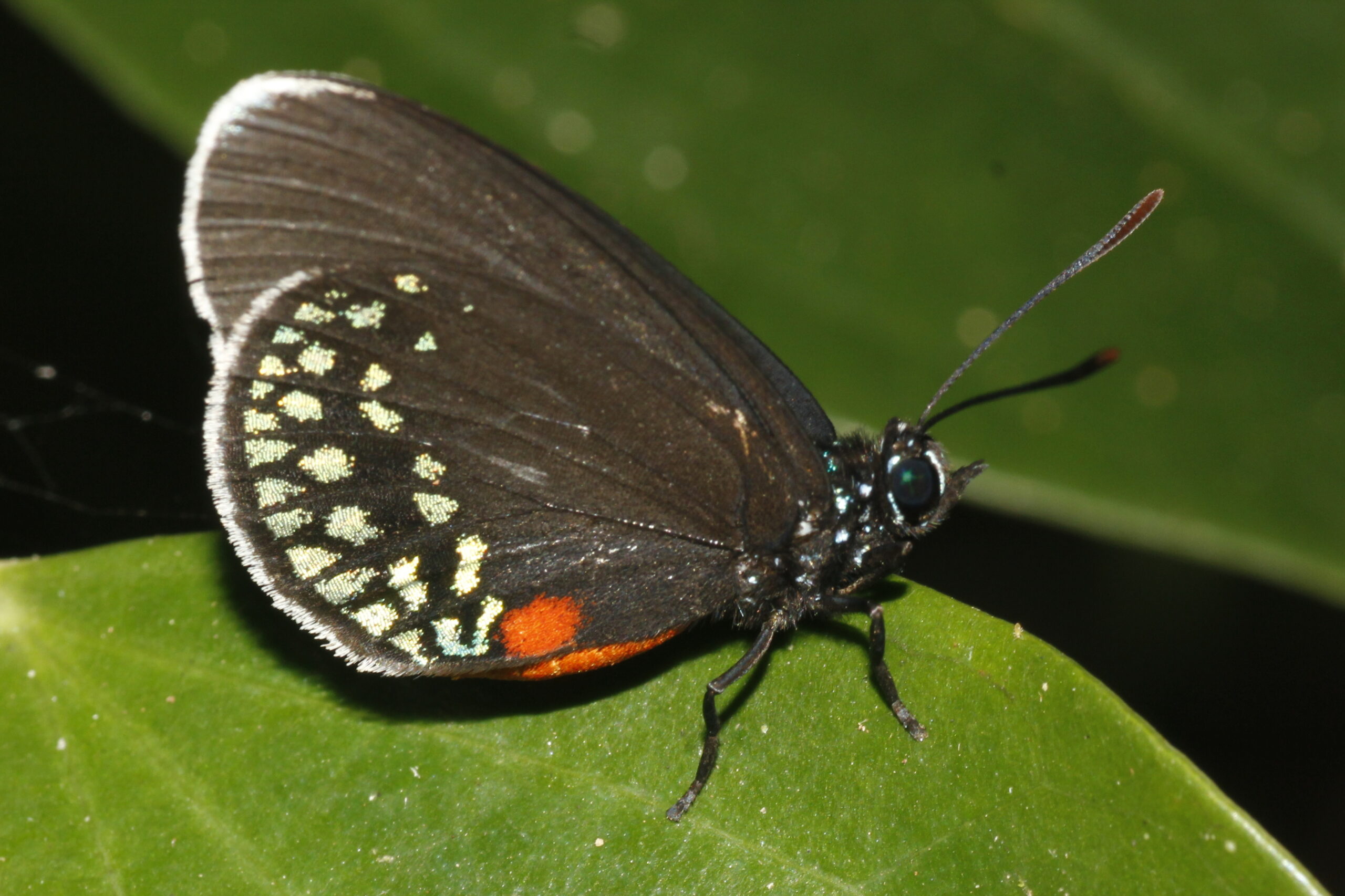BALAMKU
Balamku means in Mayan “jaguar temple” (balam, jaguar; ku, temple), due to the image of one of these animals embodied in the frieze of Substructure l-A. The area is made up of three architectural groups: the South, the Central and the North and the South Group.
The frieze of Balamku, in addition to illustrating in detail the opposite and complementary aspects of the underworld, shows us that the dynastic cycle is equipped to the site. In this conception, the ascension to the throne is represented by the king coming out of the jaws of the terrestrial monster. Like the Sun selling from the mouth of the Earth; The death of the king is seen as a sunset, when it falls into the mouth of the earth monster.

The frieze shows a double emergence: from the cleft of the terrestrial monster the amphibian is sold, from whose mouth the king emerges. Masks and jaguars express the conceptual richness of the Earth and amphibians ensure the transition between the two worlds. Since its upper level of the frieze corresponds to the earth’s surface, all construction below it is underworld. Thus he defines the building to which he belongs as an image of the Earth: when someone enters through one of its doors it penetrates the underworld.
